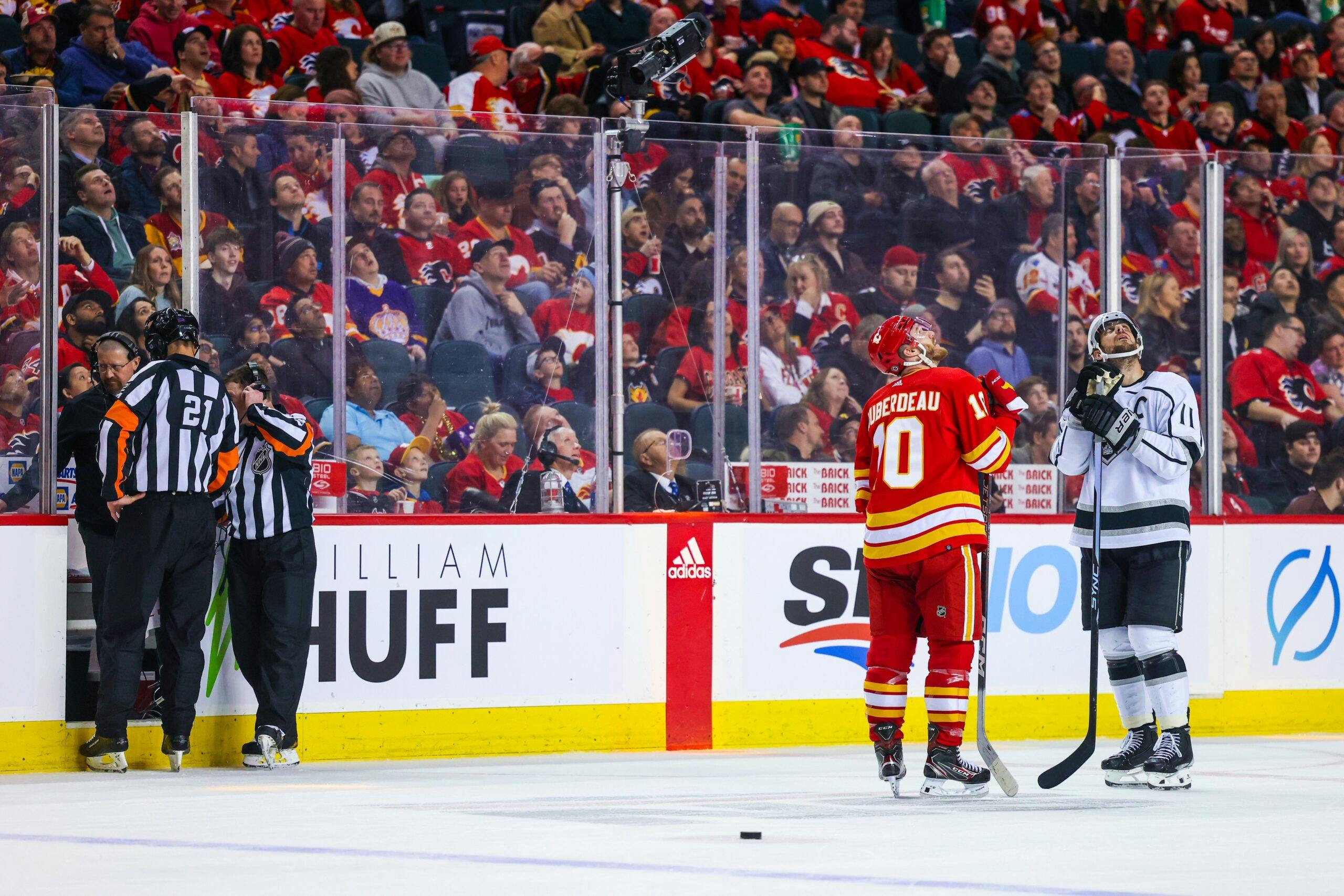The Calgary Flames need to react appropriately to 2022-23’s failure
Photo credit: Sergei Belski-USA TODAY Sports
Keep scrolling for the next article
Breaking News
- Around the NHL: Sidney Crosby and Evgeni Malkin hit milestones in Wednesday’s game
- Flames prospect Samuel Honzek is defying the odds
- Flames forward Sam Honzek out week-to-week with upper body injury
- The Flames’ new-look fourth line is starting to carve out an identity
- Recap: Rory Kerins’ first pro hat trick leads Wranglers to 3-1 win over Firebirds
